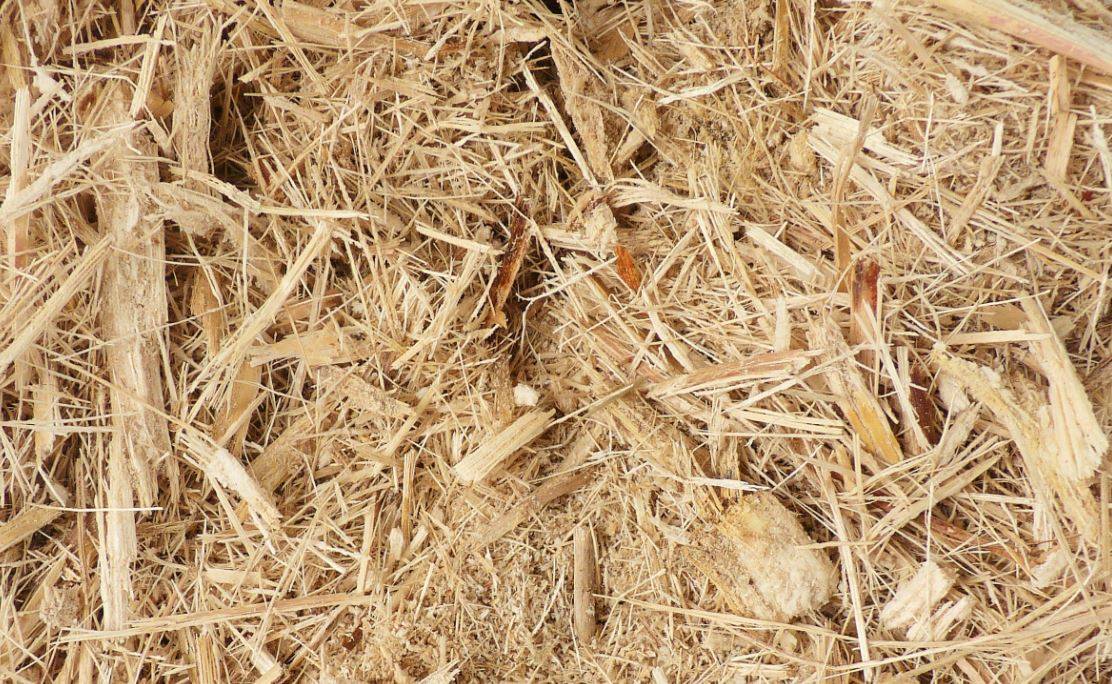
Bagasse is yet another by-product of the sugar production process. When sugarcane stalks are crushed, a dry and pulpy residue is left behind called Bagasse. Agave bagasse is a similar material made from the agave plant. Bagasse is primarily used in the production of paper, pulp, and building materials, as well as as a biofuel for the generation of energy, heat, and electricity.
What is bagasse: History & Origins
-
The term 'bagasse' is derived from the French word 'bagage,' which means rubbish or waste. Bagasse was originally used to describe waste from the pressing of olives, palm nuts, & grapes, but it quickly came to refer to the residue of other processed plant materials. Nowadays, the term ‘bagasse’ refers solely to sugarcane residue.
-
One of the most common applications for bagasse is in the paper industry. Clarence Birdsong invented the method of using bagasse for paper production in a small laboratory at 'Hacienda Paramonga’, a sugar mill in Peru.
-
With this promising discovery in hand, the company purchased an old paper mill in New Jersey and shipped bagasse from Peru to test the method's scalability on a large scale. In Germany, the method was developed in 1937, and the first paper manufacturing machines were designed in 1938.
How to Convert Bagasse to Lactic Acid
A large amount of Bagasse is produced by sugar mills and it is either used as cattle feed or burned to generate electricity.
Researchers from IIT Bombay's Department of Chemical Engineering and the Pune-based Vasantdada Sugar Institute discovered that producing lactic acid from bagasse is feasible. They discovered that a lactic acid manufacturing facility attached to a sugar mill can provide significant economic and environmental benefits.
Bagasse is first pre-treated with sodium hydroxide and then hydrolyzed with the help of hydrolytic enzymes. The dissolved fractions are then used as a starting material for bacterial fermentation to produce lactic acid.
Excess calcium carbonate is added to the fermentation broth to reduce its acidity and extract lactic acid as calcium lactate, which is then purified to produce 99.9% lactic acid. According to an article provided by IIT Bombay, the process also produces gypsum as a byproduct, which is used in the cement industry.
















